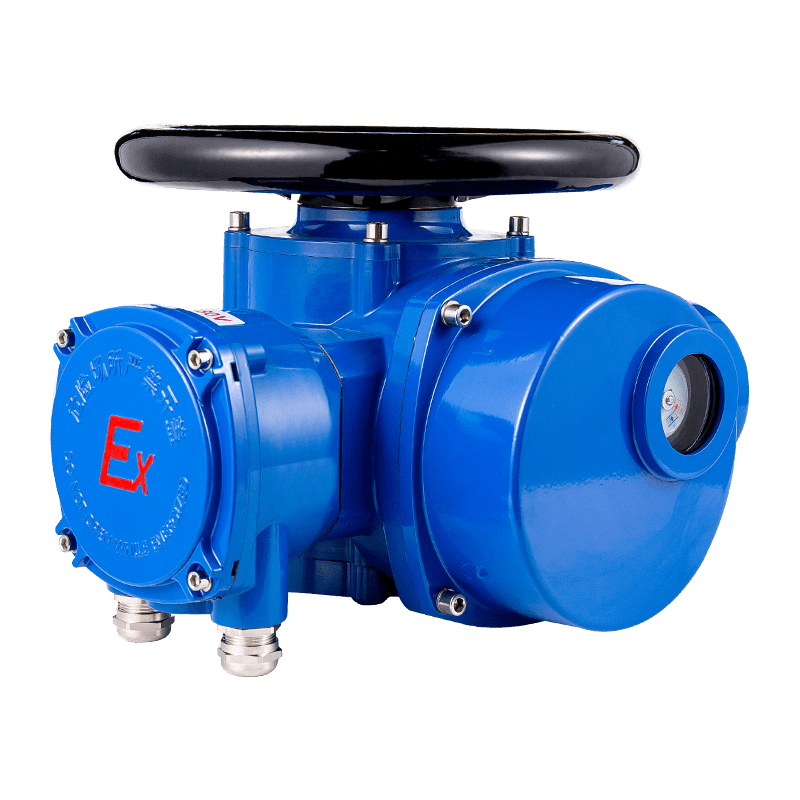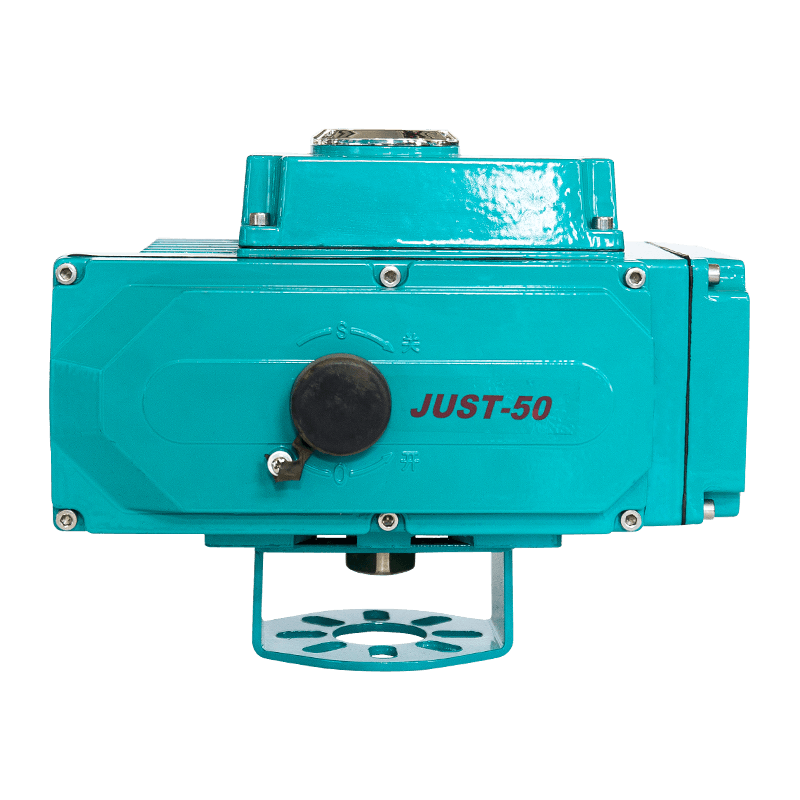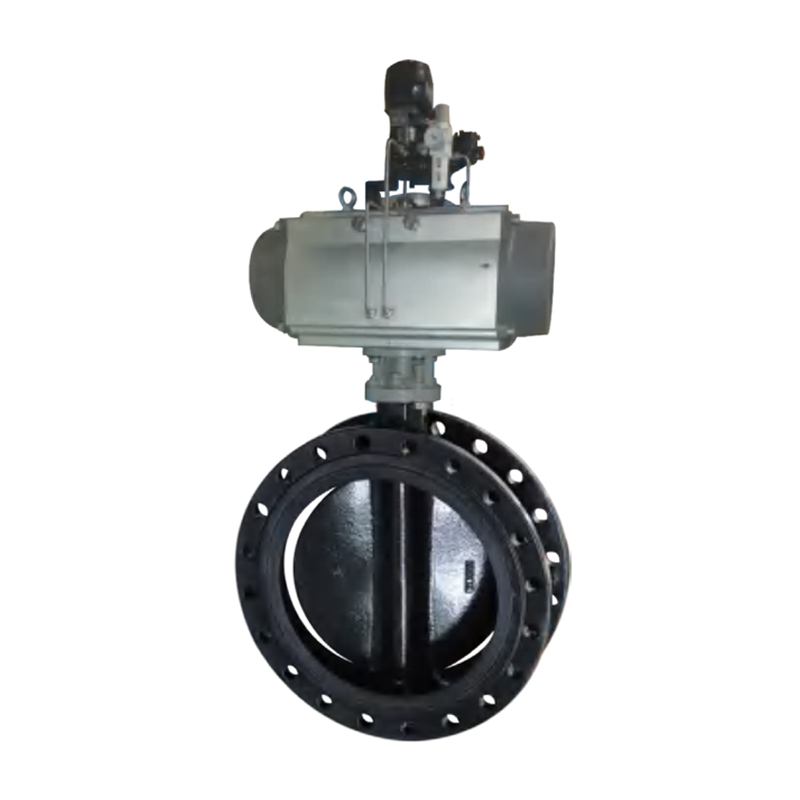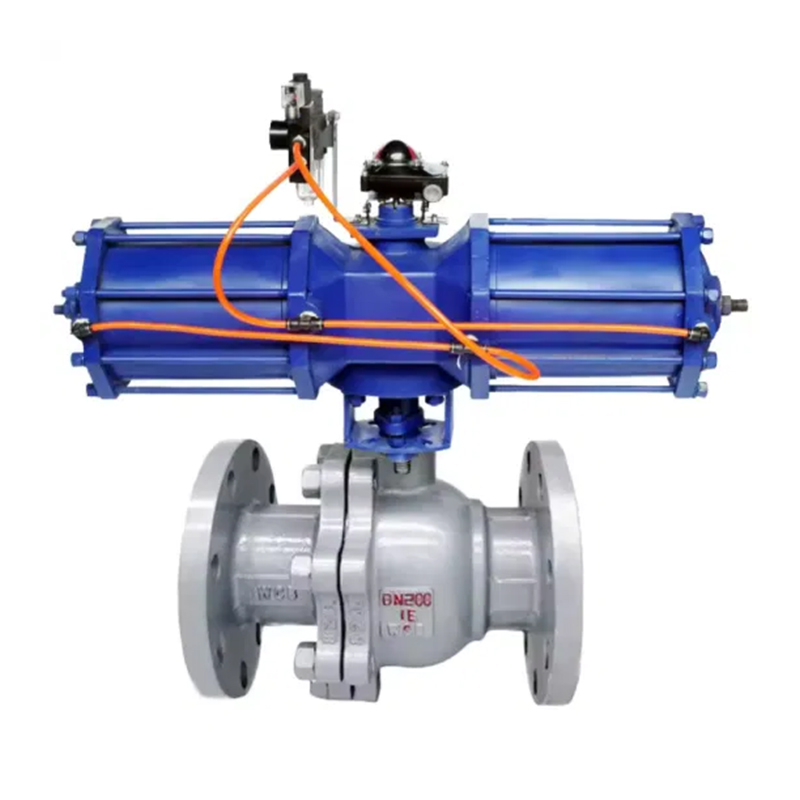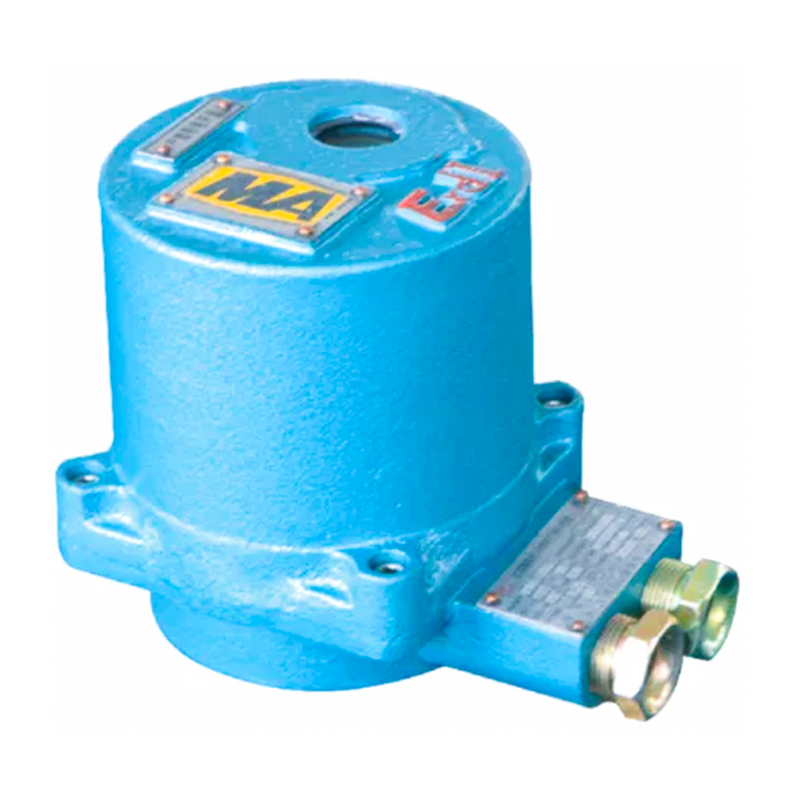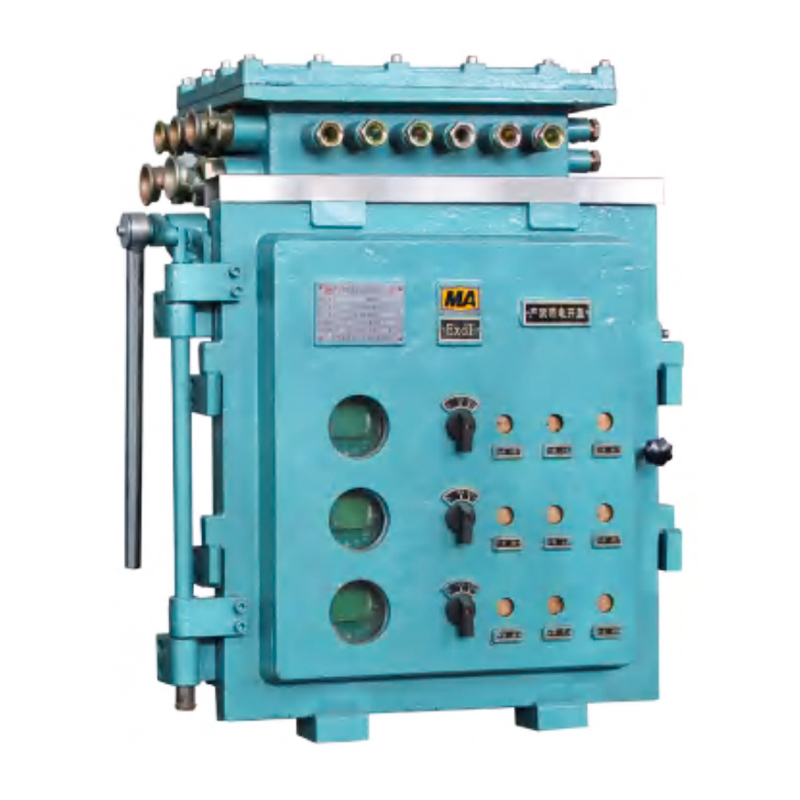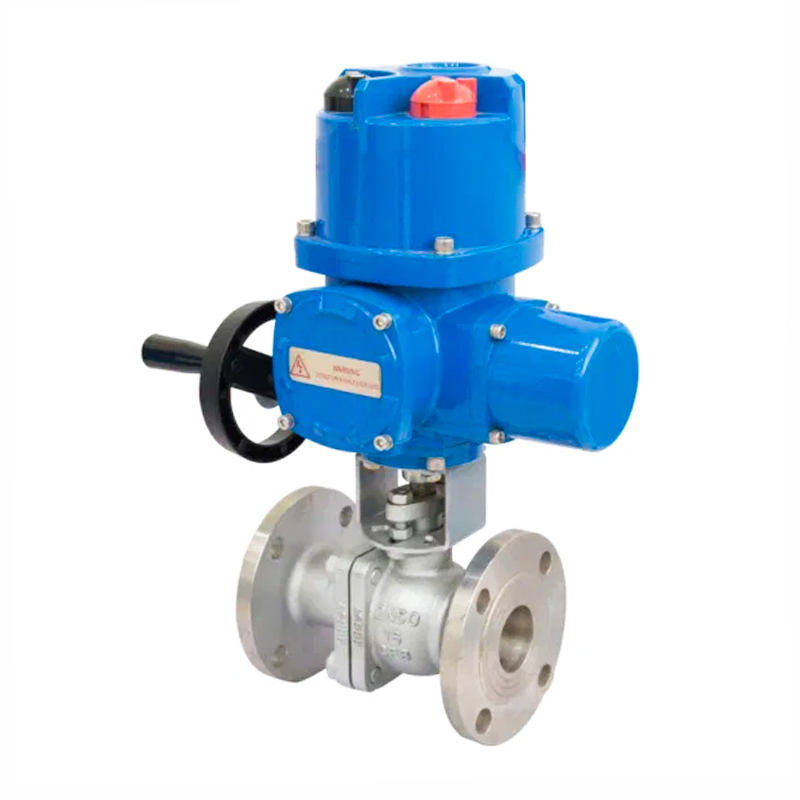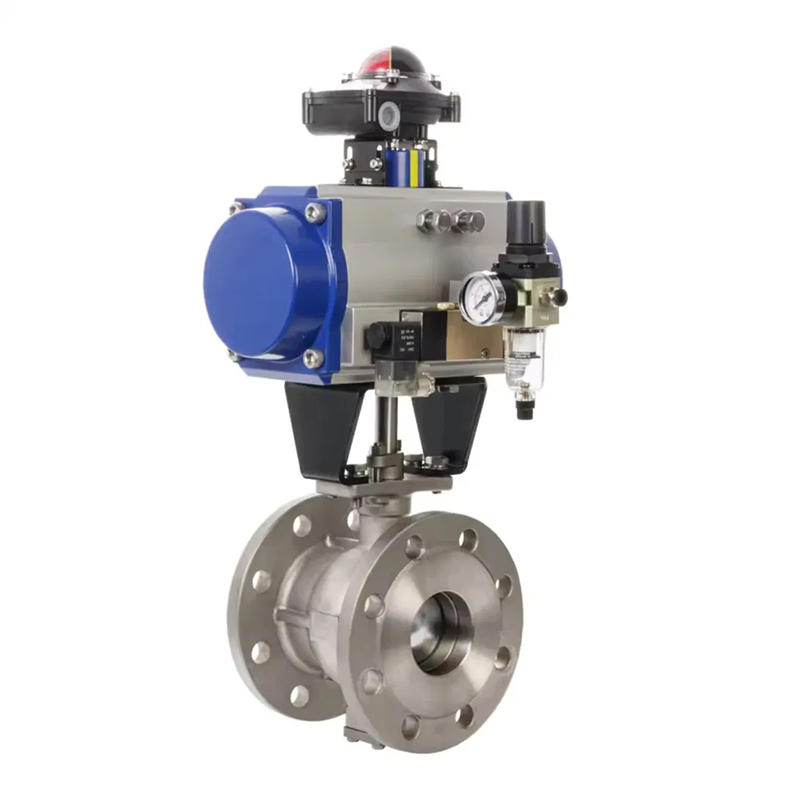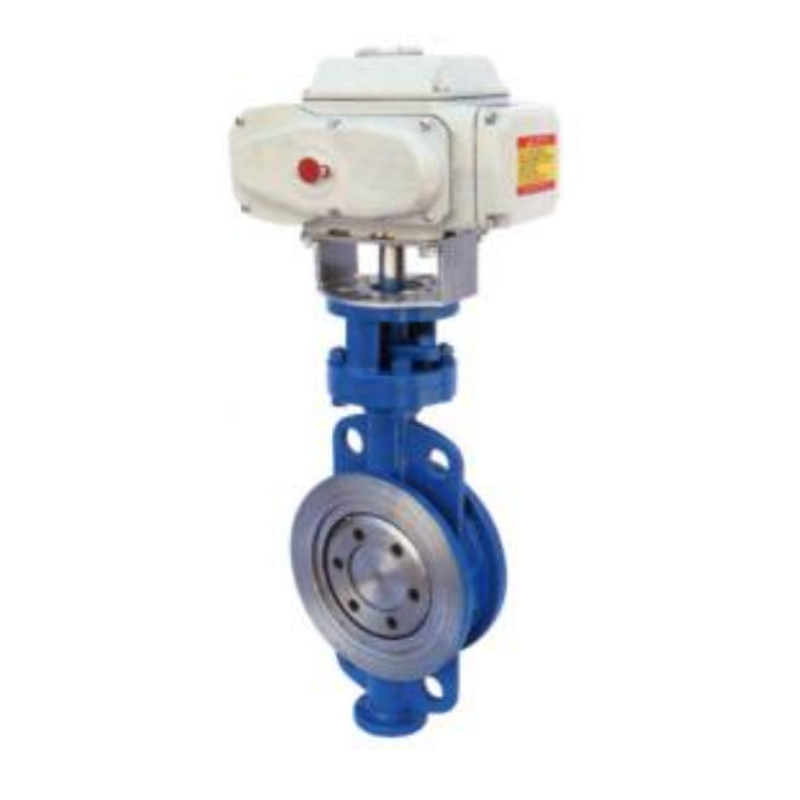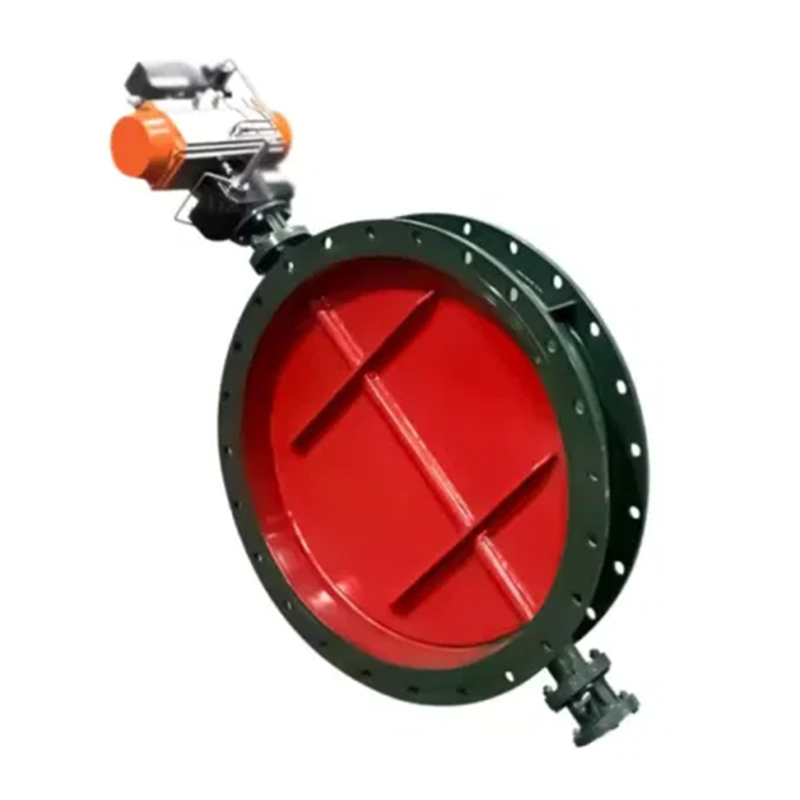0086 15335008985
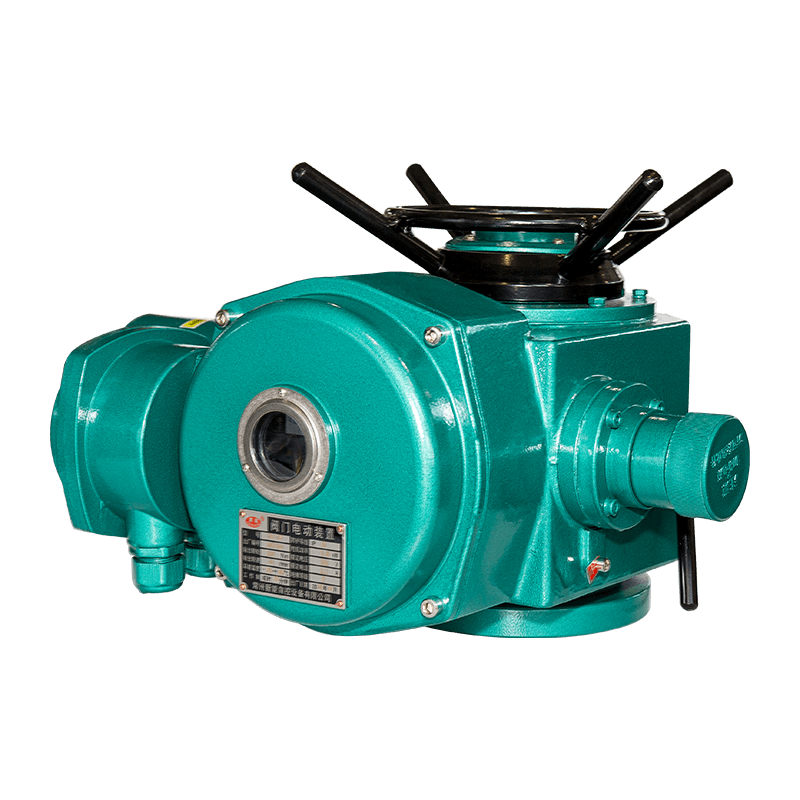
How do multi-turn electric actuators cope with complex working conditions with closed-loop control?
In modern industrial automation systems, multi-turn electric actuators are responsible for the precise driving of key valves, and their performance directly affects the stability and reliability of the entire process. Faced with complex working conditions such as pipeline pressure fluctuations, temperature changes, or changes in medium characteristics, traditional open-loop control actuators are often limited by their lack of real-time adjustment capabilities, while multi-turn electric actuators using closed-loop control technology have demonstrated excellent adaptability and control accuracy with their dynamic adjustment and adaptive capabilities.
The core of closed-loop control lies in real-time feedback and dynamic correction. Multi-turn electric actuators continuously collect valve position, load and environmental data through built-in high-precision position sensors, torque sensors and temperature monitoring modules, and compare them with control instructions in real time. Once a deviation is detected, the control system immediately adjusts the motor output to ensure that the motion trajectory of the actuator strictly matches the expected target. For example, in the pipeline system of the petrochemical industry, the medium pressure may fluctuate violently due to changes in the process flow. Traditional open-loop actuators can only operate mechanically according to the preset stroke and cannot cope with sudden reverse pressure shocks, which can easily lead to valve positioning deviation or motor overload. The closed-loop control actuator can sense pressure changes within milliseconds and dynamically adjust the output torque, ensuring that the valve is in place accurately and preventing damage to the mechanical structure due to overload.
The impact of temperature changes on the actuator should not be ignored. In extremely high or low temperature environments, the thermal expansion and contraction of mechanical parts, changes in lubrication performance, and the stability of electronic components may all be affected. Due to the lack of environmental adaptability, the open-loop system is prone to positioning drift or slow response after long-term operation. The closed-loop control multi-turn electric actuator uses a temperature compensation algorithm combined with real-time position feedback to automatically correct the mechanical deformation error caused by temperature to ensure that the valve opening always meets the control requirements. For example, in the LNG cryogenic storage and transportation system, the valve actuator may face an extremely cold environment below -160°C. The closed-loop system continuously monitors and adjusts the motor drive parameters to enable the actuator to maintain stable operation under ultra-low temperature conditions.
Changes in the physical or chemical properties of the medium also pose challenges to valve control. In scenarios such as sewage treatment, chemical reactions or food processing, factors such as fluid viscosity, corrosiveness, and particulate matter content may change with the process stage, resulting in dynamic changes in valve opening and closing resistance. Since open-loop actuators cannot sense load changes, they may be blocked due to a sudden increase in resistance, or overshoot oscillations may occur due to a decrease in resistance. Multi-turn electric actuators with closed-loop control intelligently identify changes in load characteristics and automatically adjust the operating curve by real-time monitoring of motor current and torque output. For example, in a viscous medium conveying pipeline, when the fluid viscosity increases due to a drop in temperature, the actuator can dynamically increase the output torque while optimizing the opening and closing speed to avoid control failure due to overload or jamming.
In addition to coping with complex working conditions, closed-loop control also gives multi-turn electric actuators higher safety and life advantages. In abnormal situations such as overload, stall or power fluctuation, traditional open-loop systems often rely on mechanical clutch or fuse protection, which responds with lag and may cause equipment damage. The closed-loop system predicts potential risks in advance through real-time data analysis, and takes active protection measures such as speed reduction, current limiting or emergency braking. For example, when the torque of the valve suddenly increases due to foreign matter blocking, the closed-loop controller can quickly cut off the power before reaching the mechanical limit and trigger an alarm to avoid permanent damage to the reduction gear or valve stem. This forward-looking protection mechanism not only improves the reliability of the equipment, but also significantly reduces maintenance costs.
As industrial automation develops towards intelligence, the closed-loop control technology of multi-turn electric actuators is also continuing to evolve. Modern advanced control algorithms, such as adaptive PID, fuzzy logic and even lightweight neural networks, are introduced into the control strategy of the actuator, enabling it to learn the optimal response mode under different working conditions. For example, in a periodic adjustment process, the actuator can automatically memorize the friction characteristics and load change laws of the valve, so as to compensate in advance in subsequent operations and reduce adjustment errors. This self-optimization capability further enhances the adaptability of the actuator in complex environments, making it a key execution unit for high-precision process control.




 русский
русский Español
Español
